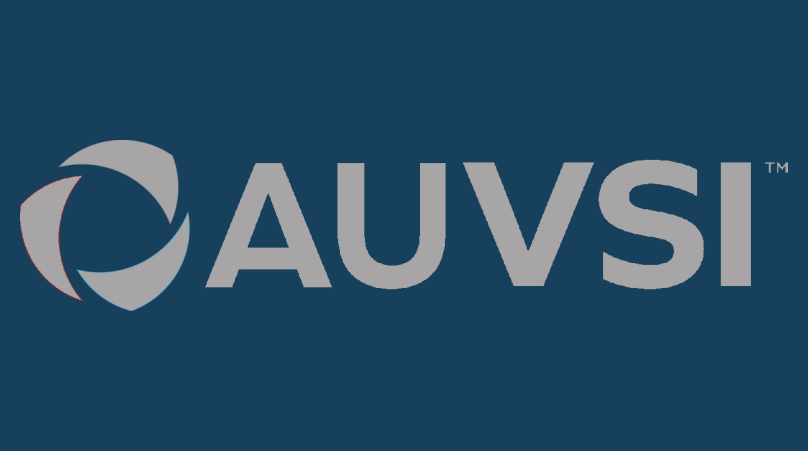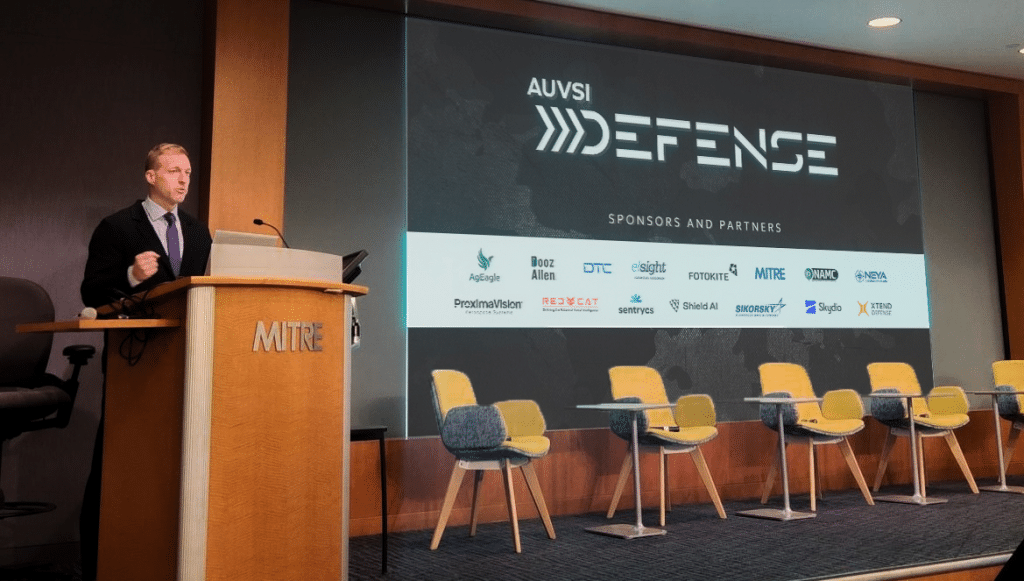AUVSI Submits AAM Regulatory Comments
August 22, 2023

The world is entering an exciting new era of aviation, but for the benefits of Advanced Air Mobility (AAM) to be realized, U.S. companies need more support and regulatory clarity.
The safe integration of AAM into the airspace will increase U.S. global competitiveness by supporting domestic workforce growth and technology innovation and manufacturing.
In the last year and a half, AUVSI has significantly increased our focus on and advocacy for the AAM sector. We are currently working with over 15 companies in the AAM space, including Original Equipment Manufacturers (OEMs), AAM infrastructure/vertiport companies, AAM operators, and supplier/components companies.
With the help of our members, AUVSI recently crafted and submitted two comments to the Federal Register regarding AAM:
First, AUVSI submitted a response to FAA’s proposed rulemaking for an SFAR on pilot certification and training for powered lift aircraft, including eVTOL aircraft, and their operation.
AUVSI has long been pushing for a Special Federal Aviation Regulation (SFAR) to be issued by December 2024, which is the FAA’s publicly stated goal. As noted in our comments, without an SFAR, the AAM industry will not be able to scale in the near term, and will likely look for opportunities to expand outside the U.S.
This is problematic and goes squarely against AUVSI’s advocacy goals of promoting and advancing U.S. competitiveness in advanced aviation, uncrewed systems, and autonomy.
If a final rule were to move forward using this Notice of Proposed Rulemaking (NPRM) as its template, it would have significant negative consequences to the AAM industry – to the detriment of American leadership.
The powered-lift SFAR skews away from international approaches and delays engagement with autonomous and simplified vehicle operations (e.g., simplified flight controls), despite their being included in other active NPRM language. Legacy thinking is applied throughout the proposed document, which does not support the needs of eVTOL pilots and operators, does not maximize overall safety for the traveling public, and risks impeding the AAM industry’s growth.
It is imperative that the FAA take the unique capabilities of eVTOL aircraft into consideration when crafting NPRMs and final rules; without doing so the AAM industry will not be able to realize its fullest possible benefits.
While focused on autonomy, our comments also cover other topics to represent the breadth of the AAM companies we work with, including:
Type Ratings,
Flight Training Requirements,
Flight Simulator Training Devices,
Dual Controls, and
Energy Reserves.
We strongly encourage the FAA to reconsider their approach in these areas or to provide a normalized pathway for alternative solutions to satisfy the desired safety intent through built-in flexibility in the final rule language.
Second, AUVSI submitted a response to DOT’s Request for Information (RFI) seeking input on the development of a national strategy on AAM, as required by the AAM Coordination and Leadership Act.
AUVSI supported the passage of the Advanced Air Mobility Coordination and Leadership Act in Congress, which created the AAM Interagency Working Group (IWG) to “evaluate, plan, and coordinate efforts regarding the safety, infrastructure, and security of the developing AAM ecosystem in the United States.”
In our comments, we underscore the need for timeliness in recommendations from DOT’s Interagency Working Group on AAM. Any resulting National AAM Strategy must bend towards near-term action and the necessities for entry into service of AAM aircraft while maintaining support for a bold long-term vision.
AUVSI’s response to the RFI covers key topics facing the AAM industry, including safety enhancements, regulatory schemes, workforce development, and U.S. global leadership in the aviation sector.
The IWG can help ensure stakeholders and regulators at both the federal and local levels are prepared to safely integrate AAM into the airspace and therefore reap the benefits this technology is poised to bring to communities around the country.
AUVSI has been very involved with the IWG, participating in some events/discussions, which also helped inform some of our comments.
Go deeper: Blueprint of Autonomy
In May 2023, AUVSI published a “Blueprint for Autonomy: From Small UAS Operations Today to Advanced Air Mobility Tomorrow.” The white paper is intended to guide the autonomous aviation industry toward a future that builds on current successes and enables new technologies by highlighting many critical tasks that must be accomplished to advance the shared future vision of autonomous aviation. Many of the items and themes from the Blueprint formed the basis of AUVSI’s response to the DOT RFI discussed above.
The Blueprint covers five key foundational themes:
Motivation to Pursue Autonomy in Aviation – including public and economic benefits, national competitiveness, and social and environmental equity.
Technology – including sensors, communications, equipage, and digital air traffic control (ATC).
Airworthiness – including safety, certification, means of compliance, and AI.
Operations – including Code of Federal Regulations Title 14 Parts 135, 91, 61, and the potential new 108 that may result from the Beyond Visual Line of Sight ARC.
Integration – including midair collision risk mitigations, an info-centric NAS, digital flight rules (DFR), and interaction with legacy aviation.
Each of these five foundational building blocks contains significant areas of effort, including the role of government sponsored automation development for non-civil use, public/private partnerships, and renewed commitment to and collaboration with industry to mature civil automation applications.
The timelines for completion of these activities must be accelerated through strategic collaboration, focused resource management, and deliberate action.
AUVSI’s vision in our Blueprint and DOT RFI comments is for an aviation future that is safer, more sustainable, more accessible, more beneficial to society, and more advanced than we have ever seen.


